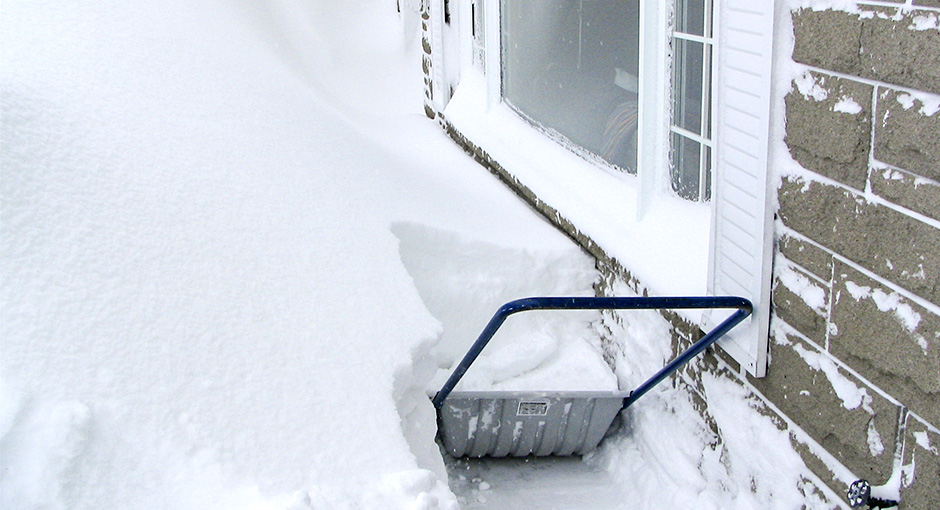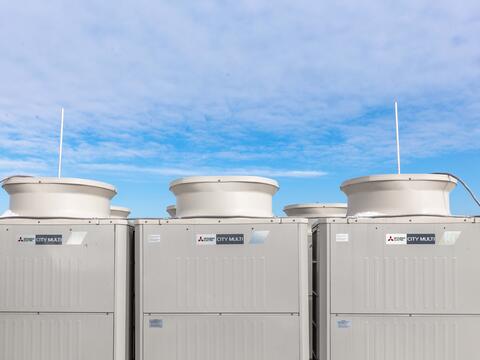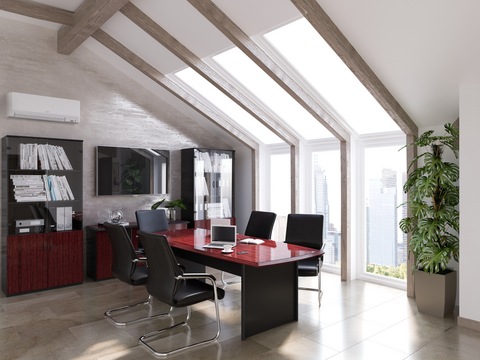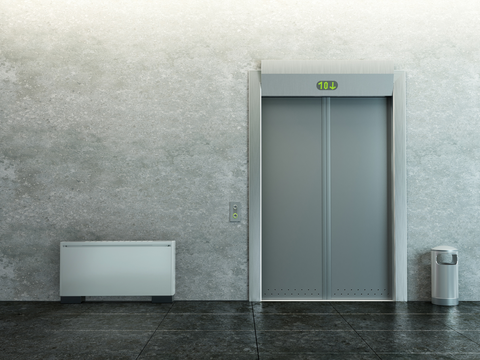HOW TO PREPARE YOUR CONDENSER FOR WINTER

Condensers are designed for the outdoors and are built to tolerate weather and the elements. But like all mechanical systems, they are not immune to the extra rigors of winter. Homeowners have to make special preparations and do extra maintenance to help their condensers survive the coldest months.
Condensers Need Breathing Room To Function Properly
Debris and surrounding clutter are the enemies of condensers. A condenser is usually located near the home's foundation, and it operates at optimal capacity when surrounded by about two feet of clear space on all sides. In winter, as throughout the year, it is up to the homeowner to make sure that the area surrounding the condenser is free of debris and yard waste. Condensers should not be too close to fallen or hanging branches, overgrown grass, and leaves that may have accumulated during the fall, as well as other mechanical systems or the house itself.
In colder climates, winter care requires ice and snow to be cleared as soon as it accumulates. But proper planning is crucial. Homeowners who live in areas with cold winters should never install a condenser where falling ice or packed snow present a threat from roof overhangs above.
Screens Can Reduce Sun Fatigue, But They Also Encourage Snow Accumulation
Prolonged exposure to direct sunlight can reduce a condenser's performance by up to 10 percent. Having the condenser installed on the east or north side of the house can alleviate some of that, as can building a screen around the condenser to protect it from the sun's rays. But homeowners should remember that screens can trap and collect wind-blown snow. Screens should be checked and cleared after every snowfall.
Condensers May Be Covered, But Never Wrapped!
Wrapping condensers in an effort to protect them from the elements is a common, but incorrect, winter maintenance solution. Wrapping a condenser in plastic or any other material does not make it airtight. Moisture will always seep in from underneath, and wrapping impedes evaporation and promotes rust and other structural degradation. If necessary, condensers may be covered with a piece of plywood weighted with bricks on the corners in anticipation of heavy storms, or to protect against icicles or ice-burdened branches that may fall.
The area around a condenser has to be kept free and clear throughout the year, but the cold months require special, winter care maintenance routines. Homeowners should take steps to keep condensers out of direct sunlight, but they must keep in mind that screens require extra maintenance. Condensers should never be wrapped, and planning prior to installation should factor in the potential for falling ice and packed snow.







